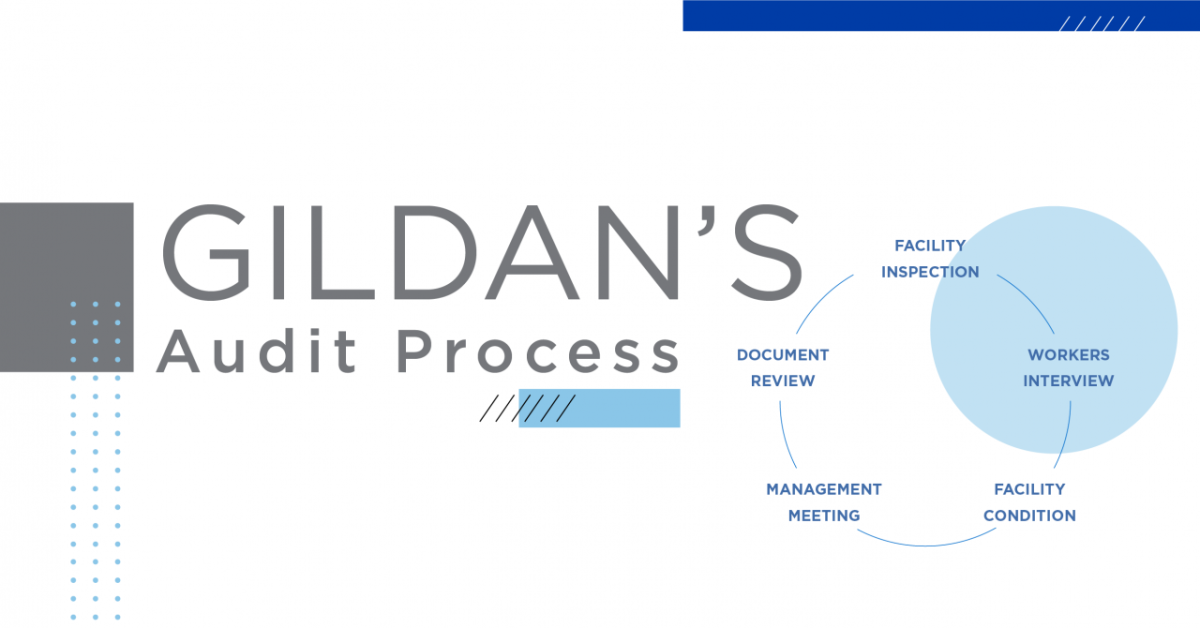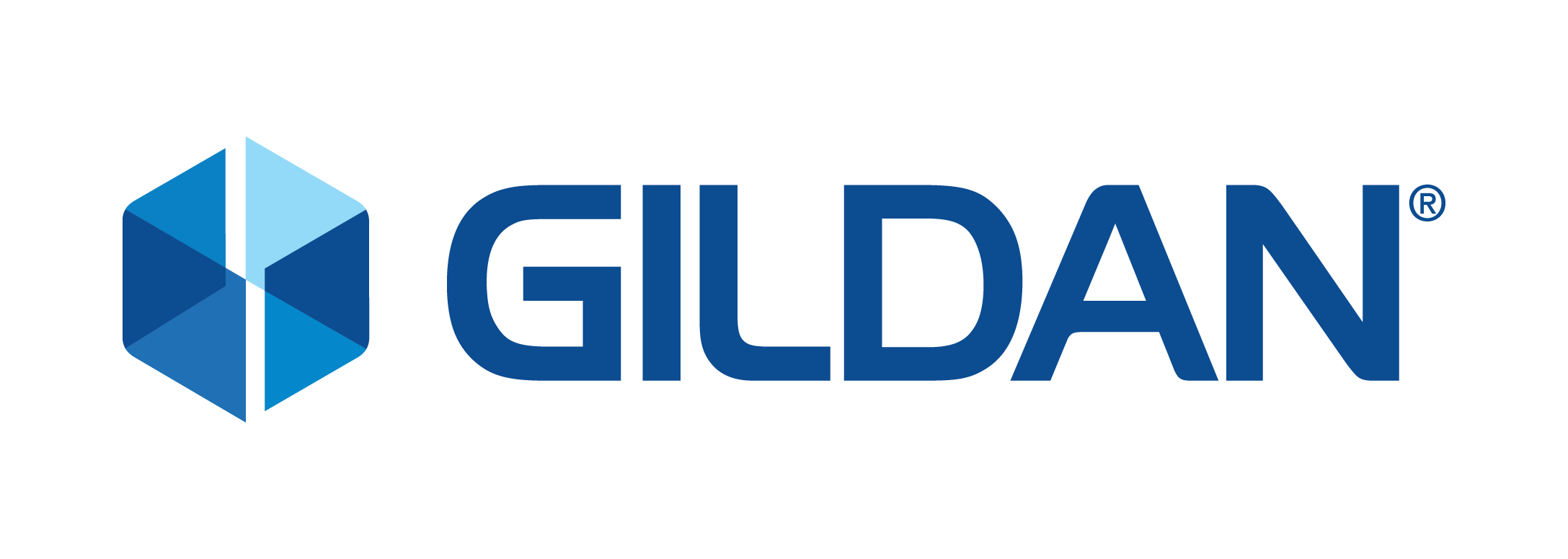Auditing Unveiled: Gildan’s Social Compliance Audit Process Revealed From A to Z
Gildan shares the audit process that ensures the consistent application of social standards across their entire supply chain

Social compliance audits are an integral step in ensuring employees’ safety and improving working conditions in the clothing industry. They serve as tools to determine a factory’s compliance with international labor standards across various topics, including child labor, forced labor, health and safety, freedom of association and collective bargaining, discrimination, working hours, remuneration and management systems. However, the complex nature of an audit can often be hard to grasp, making it difficult to understand the process companies and brands go through to prevent workers’ rights violations, monitor and improve working conditions.
One company’s vision of Making Apparel Better TM challenges the status quo by putting transparency in their supply chain front and center. Gildan is a leading apparel manufacturer that owns and operates the facilities that produce most of their products, which allows the Company to ensure that responsible and sustainable practices are deployed throughout. Today, they openly breakdown the step-by-step audit process used in their factories year-round. In 2018 alone, the Company completed 181 audits in their factories, as well as those of third-party contractors and raw material suppliers.
These regular social compliance audits are designed to ensure that employees’ rights are respected, that they receive their entitled pay and that they work in safe and healthy conditions. The compliance audits also ensure that operations are in accordance with the Company’s Code of Conduct, local and international laws such as fundamental ILO conventions, as well as the industry’s codes, such as the Worldwide Responsible Accredited Production, SEDEX-SMETA, and the Fair Labor Association.
So, how does a social audit really look like at Gildan?
In general, audits are unannounced, meaning the auditor simply arrives at the factory and notifies the management team that the audit process will begin. In some exceptional circumstances, when travel restrictions dictate, audits can be semi-unannounced, meaning that the factory is given a time frame in which the audit might take place.
To kick-off the process, the auditor holds an opening meeting with the management team to review current practices and governing human resources principles, as well as flag any potential issues. Typically, the entire management team - that means the plant manager, the environmental health & safety manager, the HR manager, and the maintenance manager – is present during the auditing process. The opening meeting is an important first step to the audit as it helps the management team understand that the audit is designed to help a facility address any outstanding compliance issues and improve processes.
The auditor then begins with a walk-through of the factory, followed by an inspection of fire safety, machine safety, chemical safety, personal protective equipment, sanitation, working conditions and other items. The goal of the inspection is to ensure that employees work in a safe environment and that all policies are properly implemented on the factory floor.
Next, the auditor turns their attention to the qualitative aspects of employees’ lives by scheduling group and one-on-one interviews with randomly selected employees. The auditor sits down with them and has an open conversation about their workplace environment. The auditor asks various questions to examine whether the employee’s health and well-being have ever been put at risk. During this process, the auditor makes sure to create a safe-space for the employee to openly share comments. Casual conversations with workers are also carried out to gather information relating to the working conditions and compliance practices on the production floor. Any feedback received is kept confidential and anonymously reported to identify any issues that need to be addressed. The factory’s management team is also reminded that any retaliation against employees is against the company’s Code of Conduct and strictly forbidden.
After the interviews are completed, the auditors proceed with the document review process. For internal documents, this includes records, manuals, internal policies, payroll, social security information, personnel files, certificates of evacuation drills, legal permits, etc. The auditor will also review external documents in connection with Gildan's Social and Sustainable Compliance guidebook and local laws.
Auditors complete the audit process by interviewing key management personnel to evaluate their understanding of the company’s policies, procedures and practices to determine the factory’s level of compliance with Gildan’s standards.
Finally, auditors compile any instances of non-compliance and hold a closing meeting to present their preliminary findings. Once the factory has the completed results, a management action plan is developed to remediate issues identified and show its progress on a timely basis.
Regional social compliance teams then work with the plant manager to provide advice and recommendations on how best to address any issues, make changes where necessary and put in place sustainable remediation actions. All progress on the plan are tracked through a data platform, and all factories worldwide, both owned and contracted, provide details and evidence of their corrective actions, which is also subject to verification through follow-up audits.
Lastly, the factory must report the non-closure of non-compliant items, and Gildan then reports these cumulative statistics once a year publicly as well as on a quarterly basis to Gildan’s Board of Directors. In order to ensure a robust and comprehensive compliance framework for integrity and ethics throughout the organization, the Boards of Directors Corporate Governance and Social Responsibility Committee has established the Compliance Steering Committee. The Committee is an executive-level management committee that operates under the leadership of the President and Chief Executive Officer and is responsible for overseeing the Company’s global compliance programs in such areas as ethics, environment, labour, health and safety and sustainability, among others.
While a specific audit eventually comes to an end, social compliance audits are continuous processes that take place time after time, because when it comes to improving employees’ working conditions, there is just a continuous path forward and more work to be done.
To find out more about Gildan’s social audit process, take a look at their 2018 Sustainability Report.

